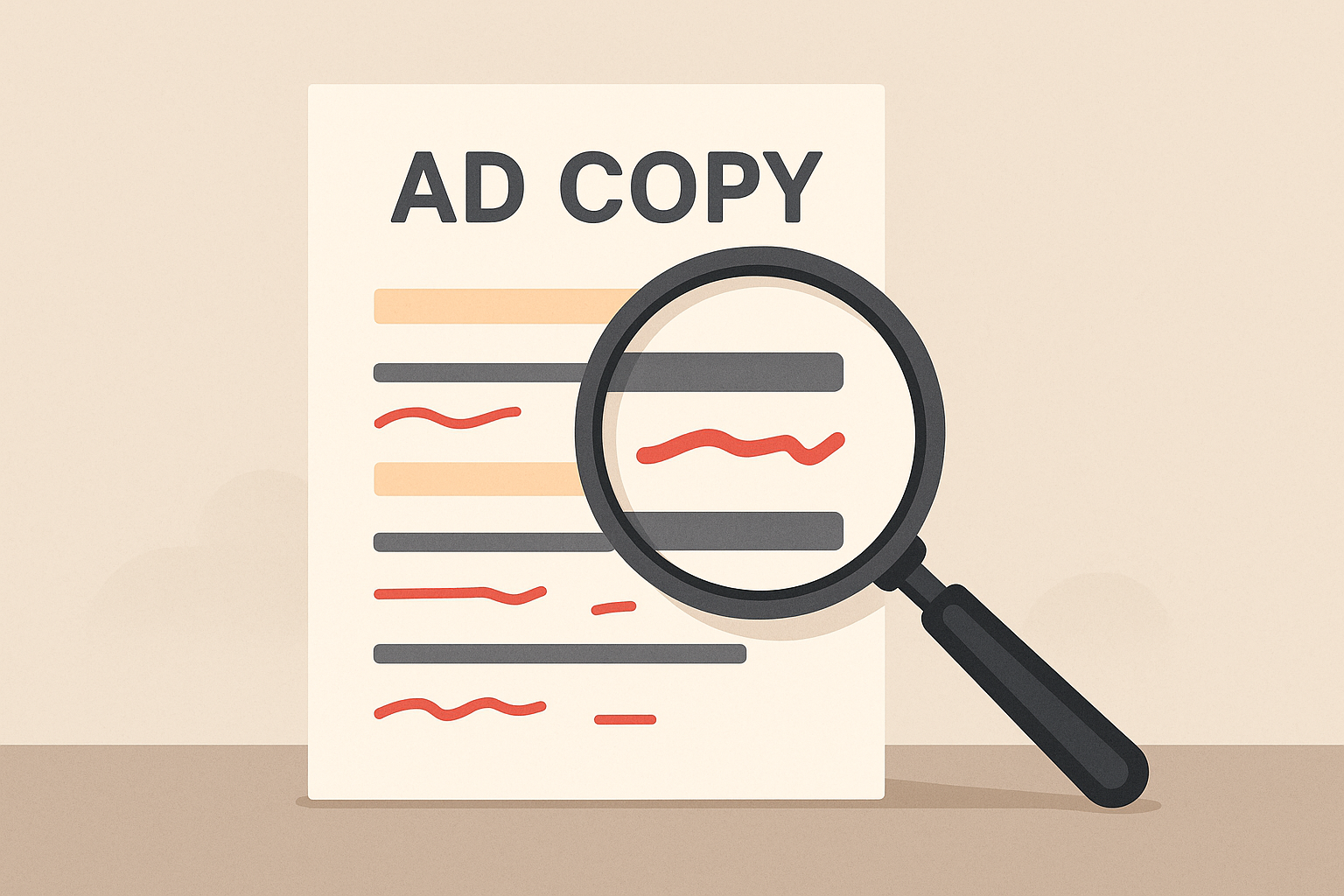Want better PPC results? Start by analyzing your competitors' keywords. Here's how:
- Why It Matters: Discover new keywords, improve ad copy, and allocate your budget wisely.
- Top Tools: Use tools like SEMrush, SpyFu, and Google Ads Auction Insights for data on keyword gaps, bidding strategies, and ad performance.
- Competitor Types: Focus on direct, indirect, seasonal, and geographic competitors for a complete analysis.
- Key Strategies: Identify missed keywords, study ad copy and landing pages, and refine bidding tactics.
- Actionable Insights: Track seasonal trends, regional targeting, and competitor ad schedules to optimize your campaigns.
Quick Tip: Regular competitor analysis ensures your campaigns stay effective and competitive. Let’s dive deeper into the tools, tactics, and strategies to refine your PPC approach.
How to use SpyFu for PPC Keyword Research
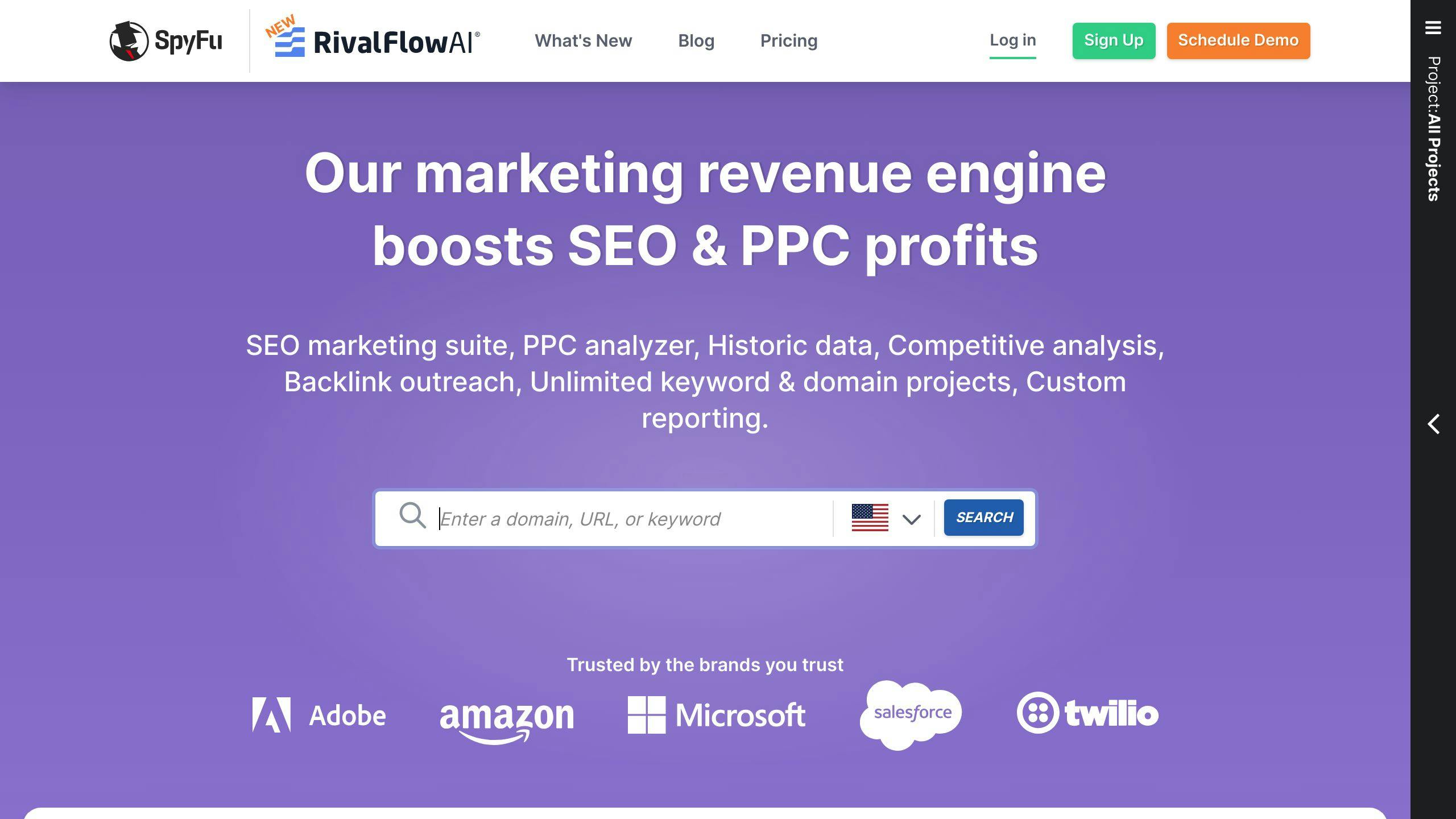
1: Tools for Competitor Keyword Analysis
Having the right tools can make all the difference when analyzing your competitors' PPC strategies. Here's a breakdown of some of the best options for digging into competitor keyword targeting.
SEMrush and SpyFu
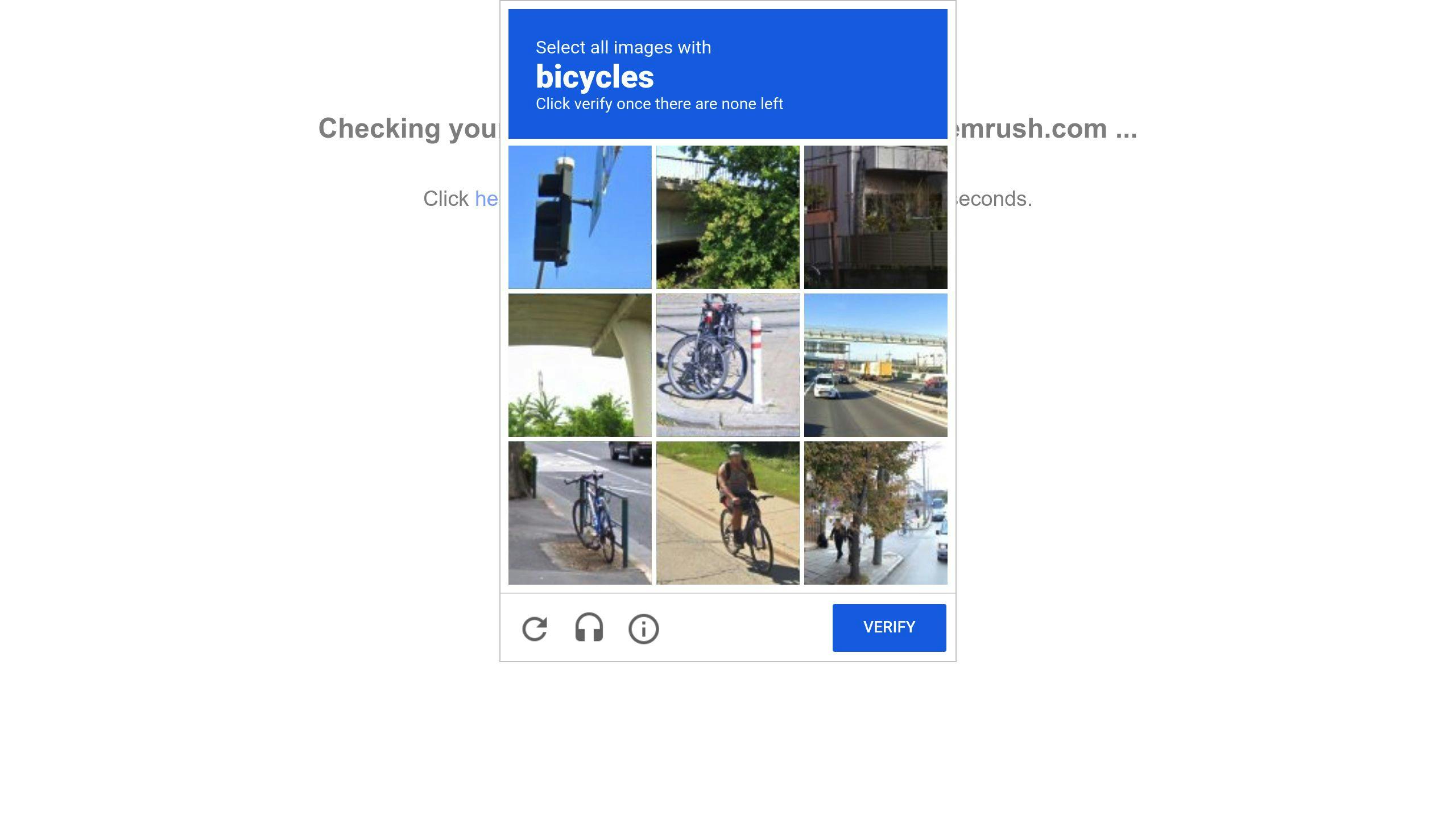
SEMrush and SpyFu are two standout tools for competitor research. They provide a range of features, including:
- Insights into keyword visibility and gaps.
- Analysis of ad copy and testing data.
- Historical data on bidding patterns and budget distribution.
- Trends in performance and shifts in strategy.
- Tools for tracking campaign performance.
While these tools give you a broad overview of competitor tactics, you might also want to explore Google Ads Auction Insights for more immediate, keyword-specific data.
Google Ads Auction Insights
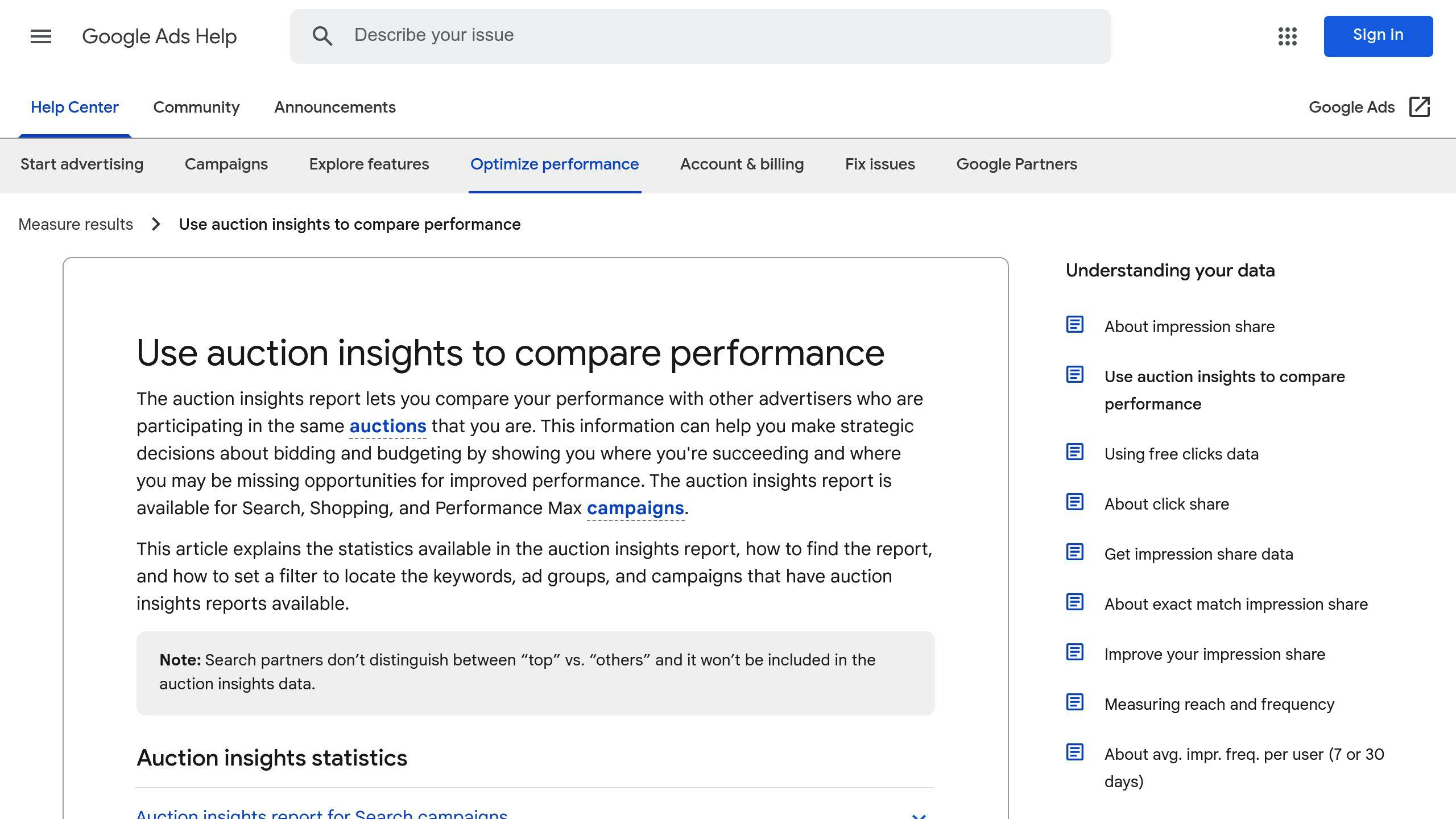
Google Ads Auction Insights focuses on real-time auction data, offering metrics like:
- Impression share for shared keywords.
- Average position compared to competitors.
- Overlap rate with other advertisers.
- Outranking share in keyword auctions.
This tool is perfect for understanding how your campaigns stack up against others in the same auctions.
Top PPC Marketing Directory
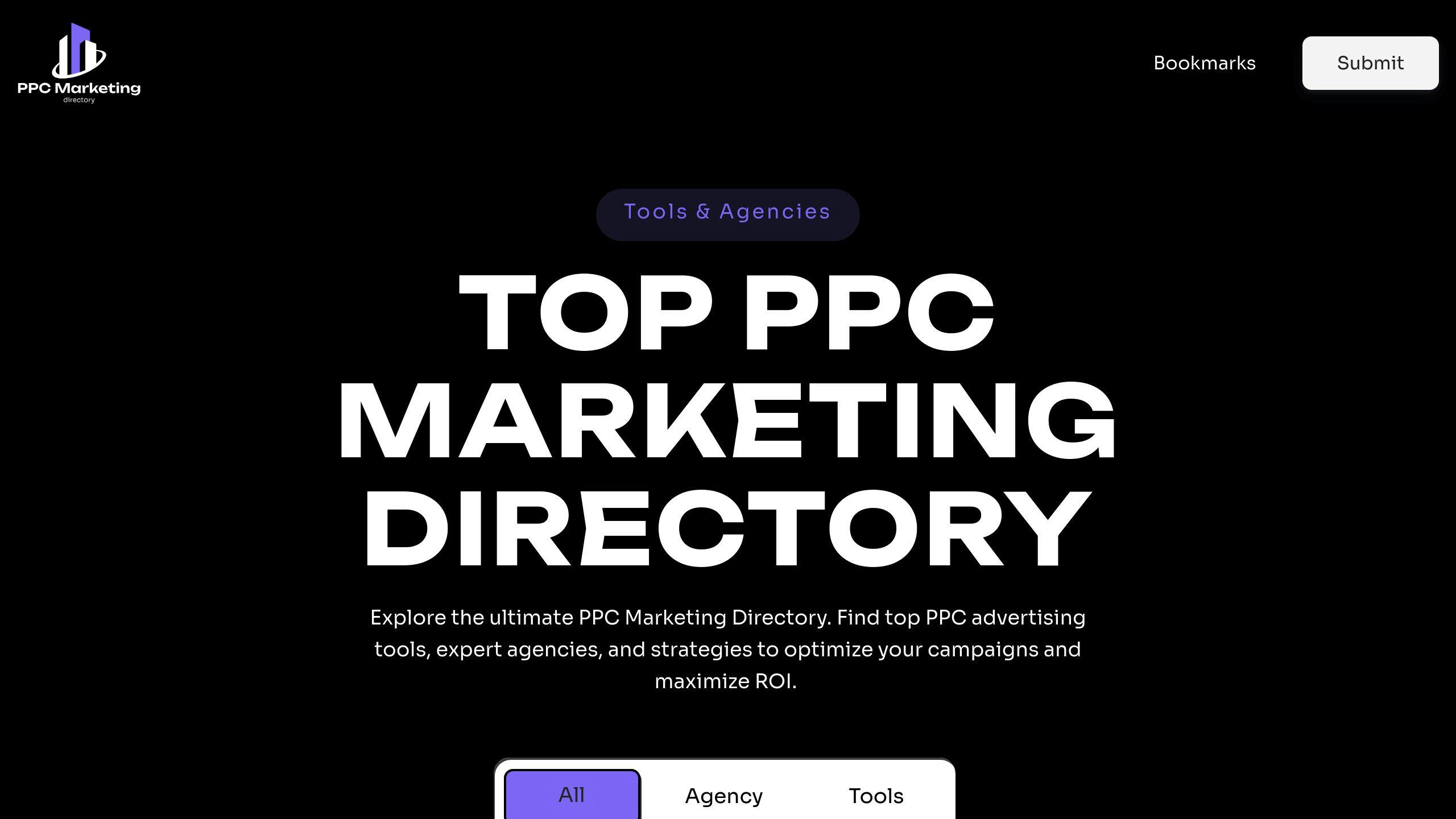
For a curated list of competitor analysis tools and services, check out the Top PPC Marketing Directory. It’s a helpful resource for finding solutions tailored to keyword research, campaign optimization, and competitor tracking.
To get started, use SEMrush or SpyFu for a broad analysis, then refine your approach with Google Ads Auction Insights. For more niche needs, the Top PPC Marketing Directory can point you in the right direction.
Once your tools are ready, it’s time to decide which competitors to focus on.
2: Identifying Your Competitors
Finding the right competitors is a key step in building a strong PPC keyword strategy. It ensures your efforts are targeted and effective.
Keyword Research
To analyze competitors effectively, focus on these three areas:
- Competitive Overlap Analysis: Use Google Ads Auction Insights to spot advertisers with high impression share and overlap rates for your target keywords. These are the businesses directly vying for your audience's attention.
- Strategic Positioning: Observe how competitors adjust bids and position their ads across various keyword categories. Pay attention to their approach for specific product-related keywords versus broader terms to understand their priorities and spending habits.
- Trend Analysis: Keep an eye on seasonal trends and shifts in competitor strategies. This helps you stay ahead of market changes and fine-tune your approach as needed.
Don't stop at direct competitors - others in the market can also impact your PPC campaigns.
Industry-Specific Competitors
To get a complete view of your competition, look at different types of competitors:
| Competitor Type | Focus Area |
|---|---|
| Direct | Compete for the same keywords and products; top priority |
| Indirect | Target related keywords or complementary services; medium priority |
| Seasonal | Active during specific times of the year; requires focused attention |
| Geographic | Compete in particular regions; important for local campaigns |
To stay on top of the competition:
- Analyze competitors monthly to track changes in the market.
- Pay close attention to regional targeting to uncover new opportunities.
- Check their presence on various ad platforms for a broader view of their strategy.
With this groundwork, you'll be prepared to dig into their keyword strategies and gain actionable insights.
3: Analyzing Competitor Keywords
Keyword Gap Analysis
Using tools like SEMrush, you can identify keywords your competitors are targeting but your campaigns are missing. Here's a breakdown of how to approach a keyword gap analysis:
| Analysis Type | Focus Areas | Key Metrics |
|---|---|---|
| Direct Competition | High-traffic keywords | Impression share, CTR, estimated CPC |
| Missed Opportunities | Keywords competitors rank for but you don’t | Search volume, competition level |
| Seasonal Trends | Keywords tied to specific times of the year | Historical data, peak periods |
| Budget Allocation | Competitor ad spend trends | Estimated ad spend, position trends |
Reviewing historical data from competitor campaigns can also uncover long-term strategy changes and adjustments for seasonality [2].
Ad Copy and Landing Pages
Studying your competitors' ads and landing pages can provide actionable insights to refine your own campaigns.
- Ad Copy Analysis: Look at their value propositions, promotional angles, and calls to action. What messaging seems to resonate? What strategies stand out? [4]
- Landing Page Evaluation: Check how their ad copy connects to their landing pages. Pay attention to user experience, calls to action, and trust signals that encourage conversions [1].
For more tools and resources, the Top PPC Marketing Directory (ppcmarketinghub.com) offers a variety of options to track successful campaign patterns across different industries.
Once you've mapped out competitor keywords and messaging, the next step is to dive deeper into their overall strategies, such as platform choices and targeting methods.
sbb-itb-89b8f36
4: Evaluating Competitor Strategies
Platform Preferences
Tools like SEMrush and SpyFu can provide a detailed look at how your competitors allocate their ad spend and how their campaigns perform on specific platforms. This data helps you pinpoint which channels are delivering the best results for your industry.
| What to Analyze | Why It Matters |
|---|---|
| Platform Performance | Understand ad spend distribution, engagement levels, and ROI on different platforms. |
| Campaign Effectiveness | Discover performance trends and audience reactions for each platform. |
By digging into these insights, you can sharpen your keyword targeting and focus on the platforms where competitors are seeing the best results. Once you know where their budgets are going, you can take it a step further by examining how they target specific regions and timeframes for even more impact.
Geographic and Temporal Targeting
Looking at where and when your competitors focus their efforts can uncover new opportunities and help you optimize your campaigns. By studying their regional and timing strategies, you can find areas where your business can stand out.
Evaluate their regional performance, language-specific targeting, and location-based bidding strategies. Also, pay attention to their ad scheduling patterns, such as peak hours or seasonal adjustments. Here’s what to focus on:
Key Takeaways:
- Regional performance differences
- Language-focused targeting strategies
- High-performing hours for ads
- Seasonal trends in campaigns
The Top PPC Marketing Directory is a helpful resource for tracking these patterns across different areas and time zones. For temporal targeting, watch for patterns in ad scheduling. If competitors boost their budgets during certain times of the day or specific seasons, it could be a sign of higher conversion potential during those periods.
Lastly, analyze their location-based keywords and ad copy to gather ideas for refining your own targeting and scheduling strategies. This approach can give you a competitive edge in optimizing your campaigns [1] [2] [3].
5: Refining Your PPC Strategy
Keyword and Bidding Strategies
Use competitor insights to fine-tune your PPC campaigns. The goal is to turn raw data into actionable improvements that drive results.
| Strategy Component | Action Steps | Impact |
|---|---|---|
| High-Impact Keywords | Target overlooked market segments | Expand your market reach |
| Smart Bidding | Use automated bid adjustments | Better cost management |
| Campaign Refinement | Apply competitor data to adjustments | Boost overall performance |
The Top PPC Marketing Directory provides tools to help you apply these strategies and monitor their success [2].
Once your keyword and bidding strategies are in place, it’s time to ensure your ads and landing pages work seamlessly with your campaign goals.
Ad Copy and Landing Pages
Write ad content that speaks directly to your audience while showcasing what sets your brand apart. The focus should be on driving conversions and standing out in a crowded market.
Key Optimization Areas:
- Write headlines that clearly communicate benefits, include measurable results, and feature action-driven CTAs.
- Design landing pages that highlight your strengths and competitive advantages.
- Address gaps in competitor offerings with tailored messaging.
For landing page optimization, keep these tips in mind:
- Match your content closely with the keywords in your ads.
- Highlight your unique value and what makes you different.
- Build simple, clear paths for users to take action.
These adjustments will position your PPC campaigns to perform more effectively in competitive spaces [1][3].
Conclusion: Key Takeaways from the Competitor PPC Keyword Checklist
Refining your PPC strategy with competitor insights can lead to better campaign results. Here's how to turn those insights into actionable steps for success. A well-organized competitor keyword analysis, supported by the right tools and smart execution, is key to running effective PPC campaigns.
| Analysis Component | Key Action | Expected Outcome |
|---|---|---|
| Keyword Gap Analysis | Find overlooked opportunities | Broader audience reach |
| Competitor Monitoring | Observe shifts in strategies | Adapt campaigns proactively |
| Performance Metrics | Track CTR, conversions, and ROAS | Optimize campaigns with data |
As Agency Analytics highlights, knowing your competitors' PPC strategies is crucial for improving your own [1].
To stay ahead, rely on industry-standard tools for market insights. The Top PPC Marketing Directory offers resources to help you apply these strategies and keep up with market trends [2].
Key elements for PPC success include:
- Regular competitor analysis with reliable tools
- Applying keyword gap insights strategically
- Making data-informed adjustments to campaigns
- Showcasing what makes your brand stand out
AI and machine learning are reshaping PPC campaigns [1][3]. By focusing on careful competitor analysis and data-driven improvements, you can create campaigns that consistently deliver results and keep you competitive in your market.
Staying proactive and responsive to market shifts is essential for PPC management. A checklist-driven approach to competitor analysis ensures you're ready to seize opportunities and fine-tune your strategy as the market evolves [2][3].
FAQs
How to Identify Competitors' PPC Keywords
Finding your competitors' PPC keywords involves using the right tools and strategies. Tools like SEMrush and SpyFu can provide insights into bidding patterns, campaign durations, budget distribution, and performance metrics [2].
The Top PPC Marketing Directory is another resource that offers tools to dig deeper into competitor analysis. It helps you pinpoint both direct and indirect competitors within your PPC space.
Here’s how you can analyze competitor keywords effectively:
-
Use Google Ads Auction Insights
This tool lets you track metrics like impression share and overlap rates during keyword auctions. You can also compare your position metrics to those of your competitors [3]. -
Conduct Keyword Analysis
Look for gaps in your keyword strategy and identify high-performing keywords in your industry. Pay attention to seasonal trends, such as holiday-related searches, to stay ahead.
For the best results, pair these techniques with consistent monitoring of competitor ad copy and landing pages. This will give you a clearer picture of not just the keywords they target but also how they use them [1][2].


